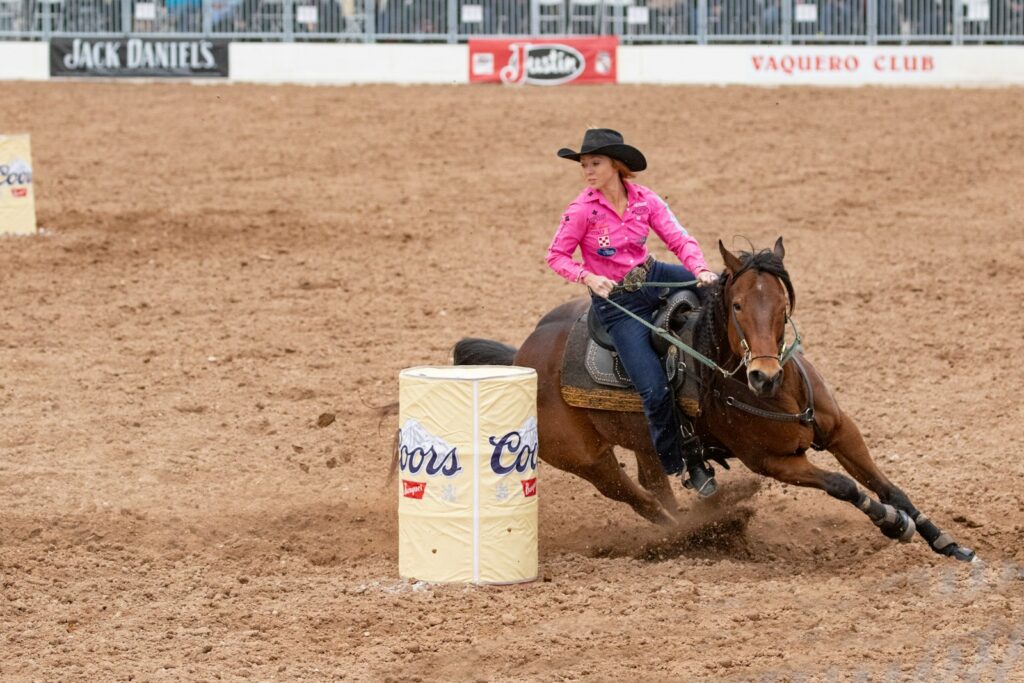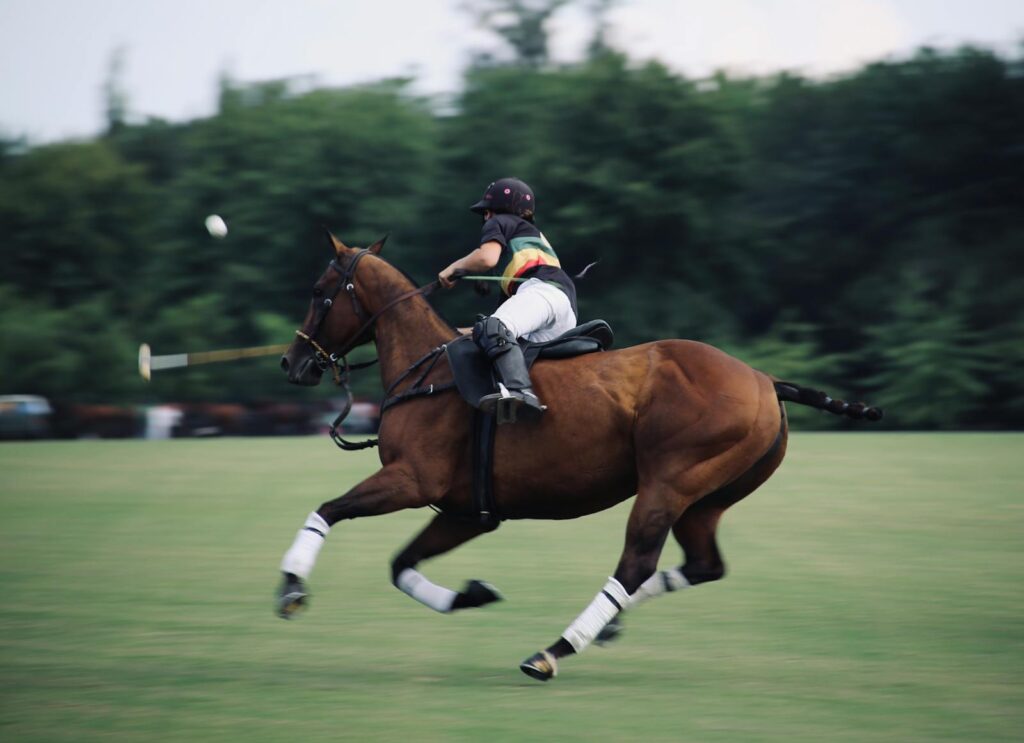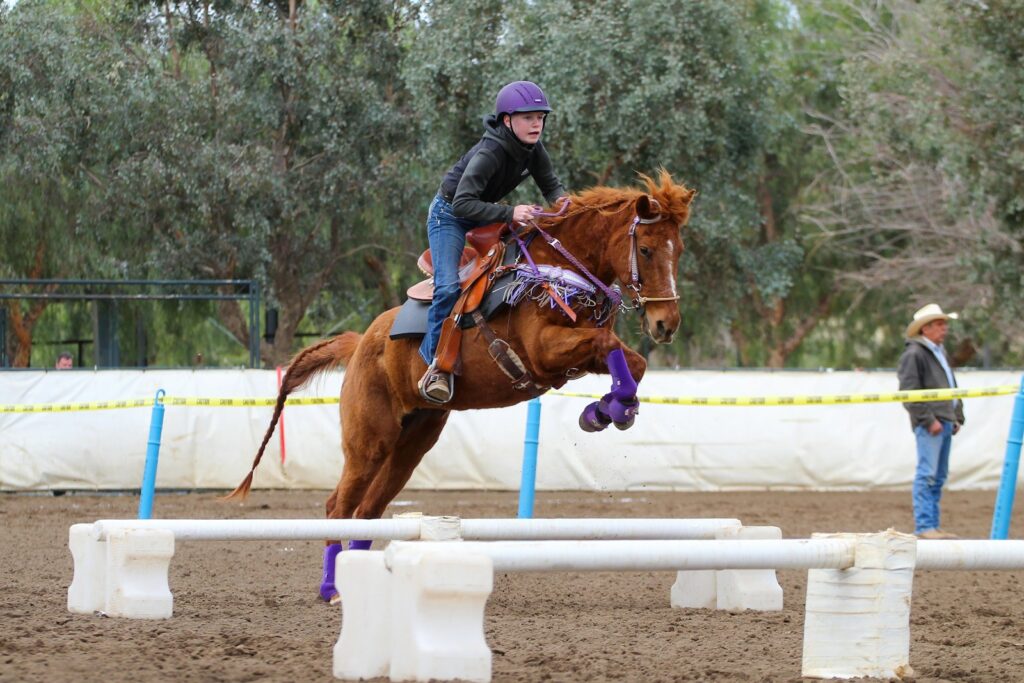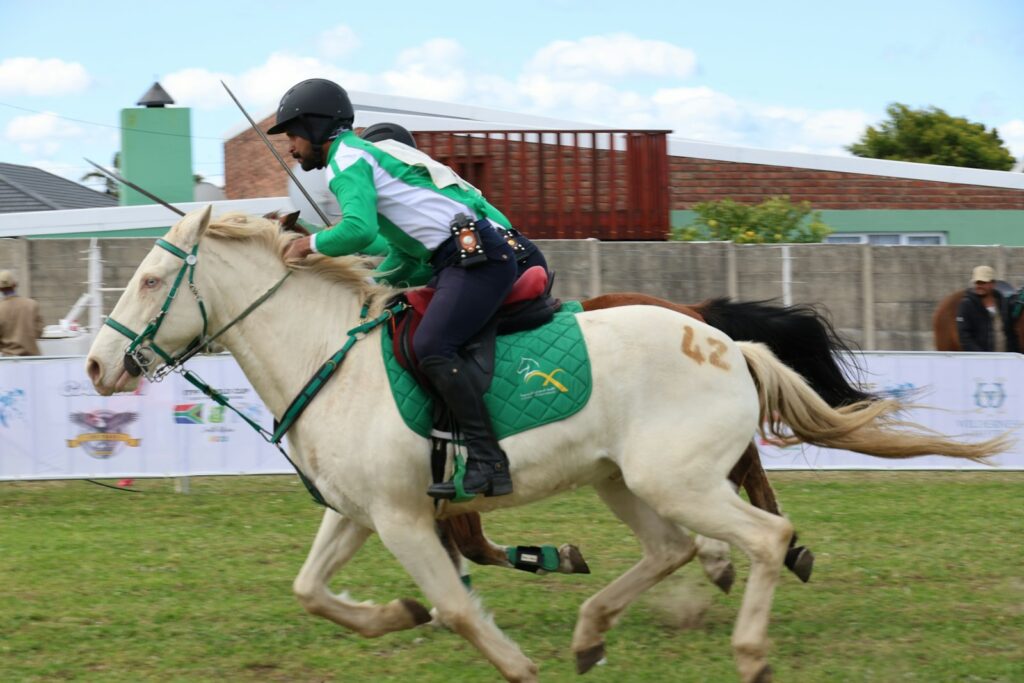Dressage, often described as “horse ballet,” is an elegant discipline that demands precision, harmony, and artistry from both horse and rider. Behind the seemingly effortless performance lies years of dedicated training and meticulous preparation. For competitors seeking to excel, understanding how to impress dressage judges is paramount. These officials, with their discerning eyes and comprehensive knowledge, evaluate every nuance of your performance. While technical correctness forms the foundation of scoring, numerous subtle factors influence how judges perceive your ride. This article explores the essential strategies and insights that can help you captivate dressage judges and elevate your competitive performance, whether you’re a novice rider or an experienced equestrian aiming for higher levels.
Understanding the Dressage Judge’s Perspective

Dressage judges are tasked with evaluating the harmony, accuracy, and quality of movements during your test, often making split-second assessments as you ride past their position. Most judges have extensive backgrounds as competitors and trainers themselves, bringing decades of experience to their evaluations. They’re looking beyond basic execution to assess the horse’s freedom of movement, the rider’s effectiveness, and the overall impression of partnership. Understanding that judges must follow strict scoring guidelines while also forming subjective impressions about your performance will help you prepare more effectively. Remember that judges want to see good riding and happy, correctly trained horses—they’re not looking to deduct points, but rather to reward quality work.
Mastering the Technical Foundation

Before focusing on artistic impression, establish impeccable technical fundamentals as these form the backbone of dressage scoring. Accuracy in your geometry is crucial—riding precise circles, executing clean transitions at the exact markers, and maintaining correct bend will immediately demonstrate your attention to detail. Develop your horse’s basic gaits with clarity in rhythm, suppleness, and throughness, as these qualities form the basis for higher-level movements. Practice your test thoroughly until every transition and movement becomes second nature, allowing you to ride with confidence and precision. Judges immediately notice when a rider has invested time in perfecting the technical aspects of their performance, creating a solid foundation upon which artistic expression can flourish.
Cultivating the Crucial First Impression

The moments before you enter the arena at A have significant impact on how judges initially perceive your partnership. Present a polished appearance with immaculate turnout for both horse and rider—gleaming tack, spotless attire, and a well-groomed horse signal your professionalism and respect for the competition. Your entry should be purposeful and confident, with your horse moving forward in a balanced frame that showcases his best attributes. Establish eye contact with the judge during your opening halt and salute, offering a confident smile that demonstrates your poise under pressure. This critical first impression sets the tone for your entire test and can subtly influence how judges perceive subsequent movements.
Developing Exceptional Rider Position and Effectiveness

Judges are keenly attuned to rider position, as it directly affects communication with the horse and the overall harmony of the performance. Cultivate a balanced, supple seat with alignment from ear to shoulder to hip to heel, allowing for effective, nearly invisible aids. Maintain steady, quiet hands that follow the horse’s movement without restricting forward motion or creating tension. Your upper body should remain upright but not rigid, with shoulders relaxed and eyes focused ahead to demonstrate confidence and awareness. Working with a qualified instructor who can provide regular position checks and video reviews will help identify unconscious habits that might detract from your presentation to judges.
Showcasing Your Horse’s Best Qualities

Every horse has natural strengths and weaknesses, and strategic riding means highlighting the positive while minimizing attention to less developed areas. If your horse has exceptional extended trot, ensure you maximize the expression and suspension during those movements to earn higher marks. For horses with less naturally expressive gaits, focus on demonstrating exceptional accuracy, obedience, and harmony to compensate. Understand the requirements for each level and present movements at appropriate expression for your horse’s training—overasking can create tension and resistance that judges will penalize. Thoughtful test planning and strategic warm-up can help your horse perform at his peak during the moments that matter most to your overall score.
Managing Test Mistakes Effectively

Even the most prepared combinations occasionally make errors during competition, but how you handle mistakes significantly impacts judges’ impressions. If your horse spooks or loses focus, remain composed and quietly redirect his attention to the task without dramatic corrections that draw additional attention to the error. After a bobbled movement, take a moment to reestablish balance and harmony before approaching the next element rather than rushing forward in frustration. Judges appreciate riders who demonstrate emotional control and effective problem-solving under pressure, often scoring subsequent movements more favorably when recovery is handled professionally. Remember that a single mistake rarely ruins an entire test—maintaining quality throughout the remaining movements can still result in a competitive score.
Developing the Elusive “Wow Factor”

Beyond technical correctness, judges reward performances that demonstrate exceptional harmony, expression, and artistic impression—collectively creating what competitors call the “wow factor.” This quality emerges from a combination of the horse’s natural presence, the thoroughness of training, and the invisible communication between horse and rider. Develop forward-thinking, engaged riding that produces elastic, expressive gaits with your horse appearing happy and enthusiastic about his work. Focus on creating seamless transitions that flow organically from precise preparation rather than appearing mechanical or forced. The wow factor often materializes when technical excellence merges with genuine partnership, creating moments that judges remember long after your test concludes.
Maximizing Collective Marks

The collective marks at the conclusion of your test evaluate overall quality and can significantly impact your final placement in close competitions. Focus particularly on developing your horse’s freedom and regularity of gaits, demonstrating consistent rhythm and energy throughout your test. Submission scores improve when your horse shows willing cooperation without tension or resistance, responding promptly to subtle aids. Rider position and effectiveness marks reward invisible communication and harmonious partnership rather than forceful or obvious aids. Pay special attention to the general impression collective, which evaluates the overall harmony, accuracy, and presentation of your test, as this final mark often influences how judges remember your performance relative to other competitors.
Strategic Test Selection and Preparation

Choosing the appropriate test level and specific classes can strategically position you for success with judges. Select tests that showcase your horse’s strengths while remaining within your partnership’s current capabilities—competing below your training level occasionally can help build confidence and polish that translates to higher scores. Develop a consistent warm-up routine that prepares your horse physically and mentally for peak performance during your test time, without exhausting energy before you enter the arena. Familiarize yourself with the test pattern through visualization and walk-throughs, ensuring you understand the purpose and requirements of each movement. Strategic preparation creates the foundation for a confident, harmonious performance that naturally appeals to judges’ scoring preferences.
Understanding Scoring Trends and Judge Preferences

While judges adhere to standard scoring criteria, subtle differences in emphasis or interpretation may exist between individual officials. Study scoring patterns by reviewing test sheets from recent competitions with particular judges to identify their priorities and preferences. Some judges may place greater emphasis on technical accuracy and geometry, while others might reward exceptional harmony and expression more generously. Attend competitions as a spectator when possible, observing how different judges score various aspects of performance across multiple riders. Recognizing these subtle preferences allows you to strategically emphasize elements that might particularly appeal to specific judges without compromising correct training principles.
Leveraging Feedback for Continuous Improvement

Each test sheet contains valuable insights that can guide your training focus between competitions. Analyze patterns in your scoring, identifying movements that consistently receive lower marks and developing specific exercises to address these weaknesses. Pay particular attention to judges’ written comments, which often contain actionable advice for improvement beyond numerical scores. Consider scheduling clinics or private lessons with judges outside of competition settings, where they can provide more detailed feedback without scoring constraints. Maintaining a performance journal that tracks your progress over time helps identify long-term patterns and demonstrates the effectiveness of your training adjustments, ultimately helping you develop the qualities that consistently impress dressage judges.
Building Confidence Through Mental Preparation

Judges subconsciously respond to the confidence you project while riding, making mental preparation as important as physical training. Develop pre-competition routines that calm your nerves and help you enter the arena with focused determination rather than anxiety. Practice visualization techniques that mentally rehearse your perfect test, creating positive neural patterns that translate to improved performance under pressure. Work with sports psychology resources if competition anxiety significantly impacts your riding quality, as judges quickly detect tension that transfers from rider to horse. Cultivating genuine confidence based on thorough preparation allows you to ride with the relaxed authority that judges find appealing, creating an impression of effortless partnership even during technically challenging movements.
Embodying Sportsmanship and Professionalism

How you conduct yourself throughout the competition day subtly influences judges’ overall impression of you as a competitor. Demonstrate respect for officials, volunteers, and fellow competitors through courteous interactions and adherence to competition protocols. Enter and exit the arena with polite acknowledgment of the judge, including a genuine smile and proper salute. Accept your scores graciously regardless of outcome, avoiding visible disappointment or complaints within earshot of officials. Judges appreciate competitors who embody the traditional values of equestrian sport, and this professional demeanor creates a positive association that may subtly influence future evaluations. Remember that dressage’s roots lie in classical horsemanship traditions that value not just technical execution but also the character and sportsmanship of the rider.
Conclusion

Winning over dressage judges ultimately comes down to a harmonious blend of technical excellence, artistic expression, and professional presentation. By understanding the judging perspective, developing your partnership’s strengths, and approaching competition with thorough preparation, you create performances that naturally appeal to those evaluating your work. Remember that judges want to reward quality riding—they’re looking for reasons to give good scores rather than searching for faults. Focus on developing the fundamental qualities of rhythm, suppleness, contact, impulsion, straightness, and collection that form the training scale, and the impressive scores will follow naturally. With dedication to continuous improvement and attention to the details that influence judges’ perceptions, you can steadily climb the competitive ranks while developing the kind of harmonious partnership that embodies dressage’s highest ideals.







